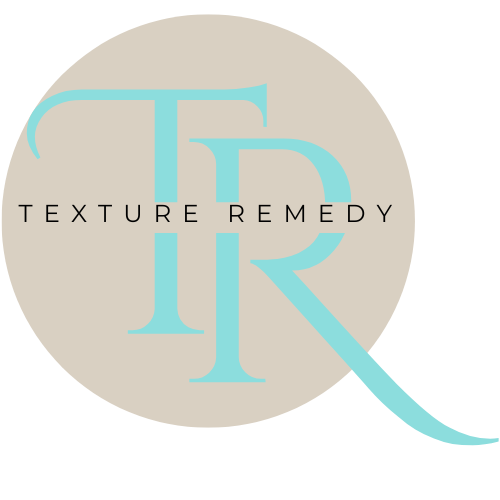Where Does Hair Come From? The Journey from Root to Tip
When you brush your hair with your fingers, did you ever wonder where it all starts? Hair is a great feature that crowns our heads and is an essential indicator of how well we're doing. Let's embark on the exciting journey of hair and uncover the secret secrets of where it all starts and how it grows.
The Hair Factory: Hair Follicles
All hair begins life in a hair follicle, a small but mighty organ found within the skin. The follicles are responsible for producing the hair shaft, that part of the hair which we comb and groom each day.
A follicle contains several significant components:
Papilla: It is a small cluster of blood cells at the base of the follicle. It supplies oxygen and nutrients to the growing hair.
Matrix: The matrix is a layer of highly proliferating cells around the papilla. It is the source of energy responsible for causing hair growth, adding new cells in a continuous manner to the hair shaft.
Sebaceous Gland: Lying beneath each follicle, the sebaceous gland excretes sebum, an oily liquid which oils and protects the hair and scalp.
The Growth Cycle: Phases of Hair
The Astounding Adventure of Hair Extensions: From Source to Style
Hair extensions have become a staple in the beauty industry, allowing people to quickly transform their looks with added length, volume, and style. But have you ever wondered where these premium locks come from? Let's explore the fascinating journey of hair extensions, from the source to the final product that crowns your hair.
The Origins of Hair Extensions
Extensions' hair is obtained from various places around the world. Some of the most common sources are discussed below:
Human Hair:
Indian Hair: One of the most popular sources for human hair extensions, Indian hair is oftentimes obtained from temples as an offering to the gods. Renowned for its natural texture and density, Indian hair is pliable and easily merges with most hair.
Chinese Hair: This is typically thicker and courser, and thus excellent for straight and smooth styles. China is one of the world's largest suppliers of hair extensions.
European Hair: Derived most often from Russia or Eastern European countries, this hair is fine and typically in demand because it works well with Western hair textures.
Synthetic Hair:
Synthetic hair extensions consist of various synthetic fibers and give a more affordable option. They may not appear and feel as natural as human hair, yet technology has been enhanced to such an extent that they appear much more realistic.
The Collection Process
Human hair extensions begin with collection. It can vary depending on the location and the hair type:
Temple Hair: Hair is often collected at temples in India where pilgrims donate their hair as a religious offering. The hair is then sold to businesses that process and export the hair for use in extensions.
Individual Donations: In other areas, hair is gathered from people who donate their hair. The process consists of cutting the hair while the strands remain intact in the same direction to preserve the cuticle's natural structure.
Factory Collection: Other firms harvest hair straight from salons or individuals and buy ponytails or braids to be used in extensions.
Processing and Production
Once it is collected, the hair goes through a series of processes to transform it into the beautiful extensions that we see in shops:
Sorting and Cleaning: The hair is sorted according to length, color, and texture. It is also cleaned to remove any debris.
Wefting: The hair is either sewn or glued onto a strip to create a weft, which can be used for various kinds of extensions like clip-ins, sew-ins, or tape-ins.
Color and Style: According to the desired end product, the hair is dyed, highlighted, curled or waved. Human hair extensions remain untreated for the purpose of keeping them as natural as possible, and it can be dyed and styled at the desire of the user.
Quality Check: The extensions are carefully quality inspected before being packed and dispatched according to industry requirements and client satisfaction.
Getting Extensions to You
After processing, hair extensions are exported to salons, beauty supply houses, and online retailers worldwide. From them, they are brought to professional stylists and prospective customers who want to give glamour to their own look.
Why Hair Extensions?
Hair extensions offer option and freedom to experiment with various styles without cutting or chemically processing your natural hair. They are utilized for:
Length and Volume: Instant length and fullness for hair with a high-end look.
Style Change: Update your style with changing textures, colors, and lengths.
Special Occasions: Create stunning wedding, party, or event hairstyles.
The history of hair extensions is a global tale of beauty technology, heritage, and artistry. Human or synthetic, whichever you use, having knowledge of where your extensions come from provides you with an extra appreciation for these beauty game-changers. So next time you clip in those beautiful locks, consider the fascinating path they've taken to crown your head!
